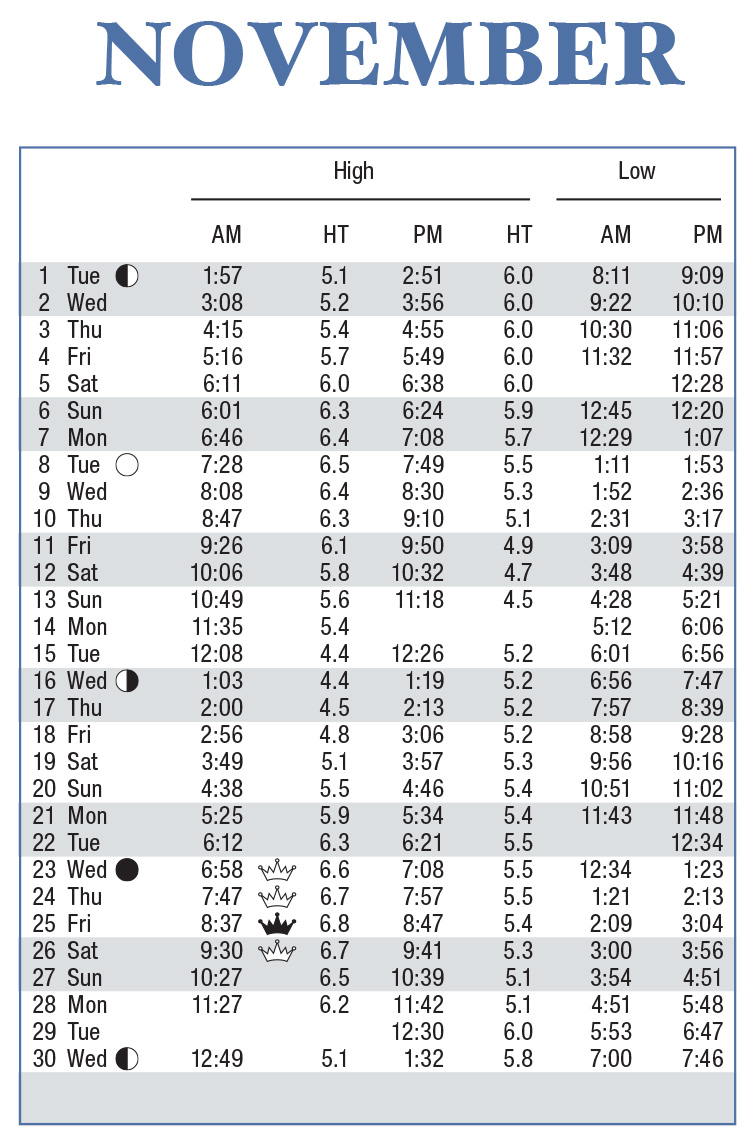

Listed below are some specific instances of the Mesopotamian tithe, taken from The Assyrian Dictionary of the Oriental Institute of the University of Chicago, Vol. The esretu – "ešretū" the Ugarit and Babylonian one-tenth tax Statuette of Athena Promachos with dedication: "Meleso dedicated it to Athena as a tithe". Hallo (1996 ) recognises comparisons for Israel with its ancient Near Eastern environment however, as regards tithes, comparisons with other ancient Near Eastern evidence is ambiguous, and Ancient Near Eastern literature provides scant evidence for the practice of tithing and the collection of tithes. None of the extant extrabiblical laws of the Ancient Near East deal with tithing, although other secondary documents show that it was a widespread practice in the Ancient Near East. In modern Israel, some religious Jews continue to follow the laws of agricultural tithing, e.g., ma'aser rishon, terumat ma'aser, and ma'aser sheni. Orthodox Jews commonly practice ma'aser kesafim (tithing 10% of their income to charity). Traditional Jewish law and practice has included various forms of tithing since ancient times. Some Christian Churches, such as those in the Methodist tradition, teach the concept of Storehouse Tithing, which emphasizes that tithes must be prioritized and given to the local church, before offerings can be made to apostolates or charities. Tithing remains an important doctrine in many Christian denominations, such as the Congregationalist Churches, Methodist Churches and Seventh-day Adventist Church. Tithing was taught at early Christian church councils, including the Council of Tours in 567, as well as the Third Council of Mâcon in 585. Many Christian denominations hold Jesus taught that tithing must be done in conjunction with a deep concern for "justice, mercy and faithfulness" (cf.


Donations to the church beyond what is owed in the tithe, or by those attending a congregation who are not members or adherents, are known as offerings, and often are designated for specific purposes such as a building program, debt retirement, or mission work. After the separation of church and state, church tax linked to the tax system are instead used in many countries to support their national church. Today, tithes are normally voluntary and paid in cash or cheques or more recently via online giving, whereas historically tithes were required and paid in kind, such as agricultural produce. 1770Ī tithe ( / t aɪ ð/ from Old English: teogoþa "tenth") is a one-tenth part of something, paid as a contribution to a religious organization or compulsory tax to government. The Tithe Pig, group in Derby Porcelain, c.


 0 kommentar(er)
0 kommentar(er)
